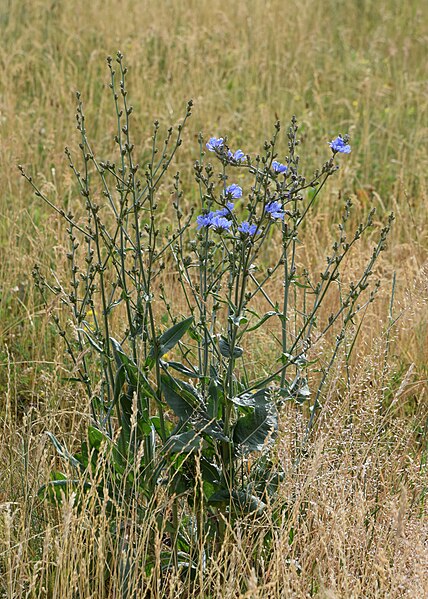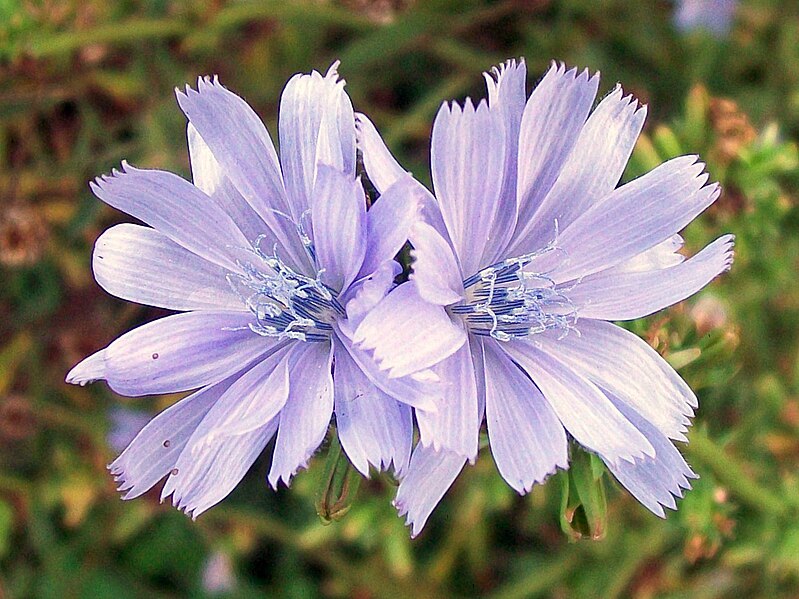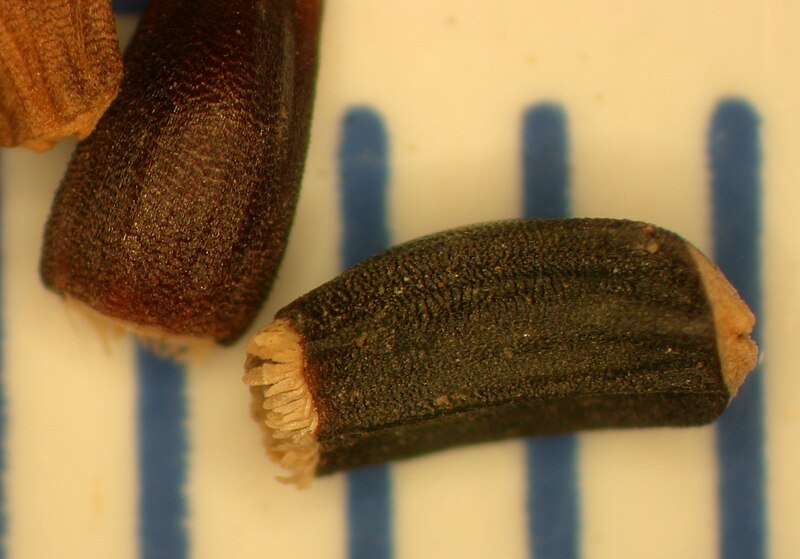Chicory Identification – Cichorium intybus
Heads up
Chicory, or Cichorium intybus, belongs to the Asteraceae family, which is the same family as daisies and sunflowers. Chicory is also known by other names such as Blue Sailors, Wild Succory, and Blue Dandelion.
Chicory: Key Parts in Photos




Where to find it
You can find Chicory in various places as it’s quite adaptable. Its natural home includes roadsides, fields, and other disturbed sites, where the ground has been turned or tilled. Even waste places aren’t left behind by this hardy plant. It loves the sun but doesn’t shy away from partially shaded areas too. Originating from Eurasia, this plant has traveled far and wide and is now considered ‘weedy’ due to its invasive nature in some regions.
How to identify Chicory
When trying to spot Chicory, the flowers are a dead giveaway. These flowers are a striking velvety blue and are somewhat reminiscent of dandelion flowers. They usually measure between 1 to 2 inches and can be found in clusters on mostly naked branches. These flowers have several tiny outer bracts that protect inner bracts. These bracts are covered with small hairs which give them a slightly sticky touch.
Here’s something fun: Chicory flowers open up during the morning and close later as the day progresses. So, if you’re out on a morning walk, that’s the best time to spot them in all their glory.
Chicory’s leaves can provide more clues to its identification. The bottom leaves are similar to those of a dandelion. They have a rough, hairy texture and can either be toothed or split. As you go up the plant, the leaves become smaller, and most of them don’t have teeth or lobes. One noticeable feature is how these leaves clasp onto the stem.
The stems are quite rigid and can be green or even reddish-brown in color. The branching from these stems is pretty consistent which gives Chicory a unique, interwoven look, especially when they grow in dense patches. The stems near the ground are usually more leafy and hairy, but as you go up, they become smoother.
The fruit of the Chicory are an achene. It’s a simple, dry fruit that doesn’t open up to release its seed. The color of the Chicory’s achene ranges from brown to copper. Look closer, and you’ll find the shape to be oblong. What’s unique about this achene is that it has five distinct ribs running along its length. This ribbing can be easily felt when you roll the achene between your fingers. The ends of the achene are adorned with a row of bristles across its top. These bristles are not just for show; they play an essential role in helping the seed disperse and find a new place to grow.
